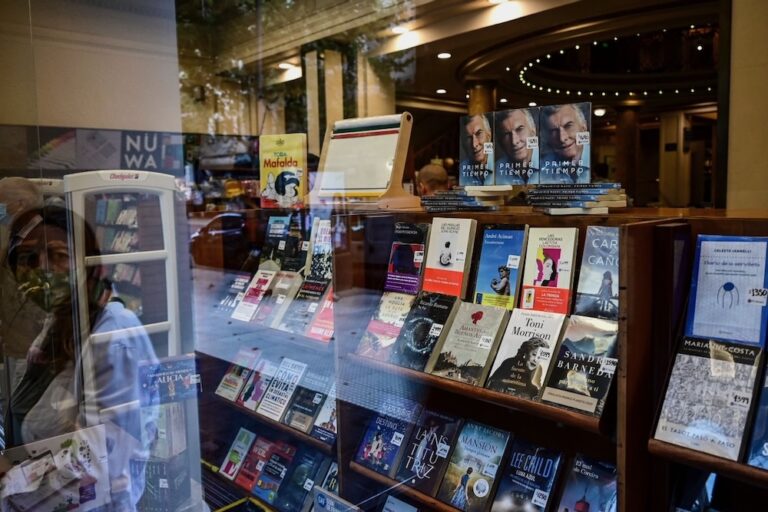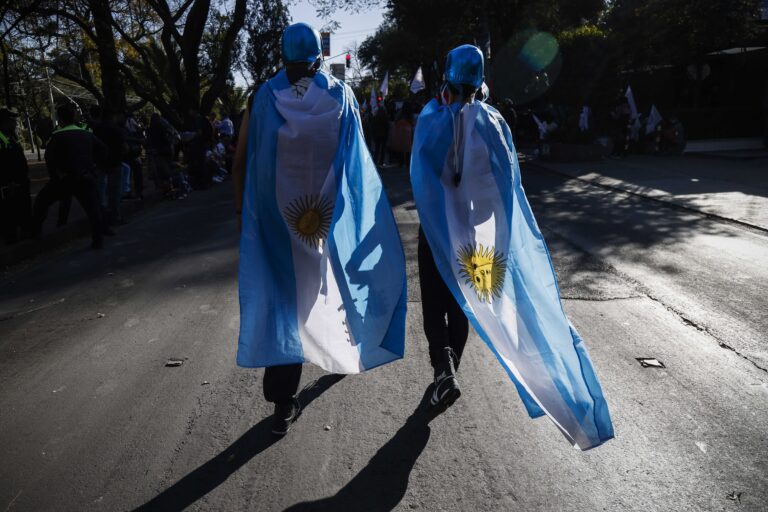(FOPEA /IFEX) – Amid intense political and social debate over a conflict between the government and elected representatives from the rural sector, the President has re-launched an Observatory on Discrimination in the Media, composed of government bodies and the Faculty of Social Sciences of the University of Buenos Aires. The initiative was taken just after […]
(FOPEA /IFEX) – Amid intense political and social debate over a conflict between the government and elected representatives from the rural sector, the President has re-launched an Observatory on Discrimination in the Media, composed of government bodies and the Faculty of Social Sciences of the University of Buenos Aires. The initiative was taken just after a bitter confrontation between the government and rural sectors, in which the media, both public sector and private, became one of the battlegrounds.
FOPEA, a group composed of over 200 journalists, says that this dispute cannot be considered in isolation from the creation of the Observatory, and issued a warning about what the true aims of the Observatory are.
FOPEA has detected pressures on the press’s work, and has received confidential complaints from various colleagues saying that in their media outlets they were subjected to pressures and attempts to influence their work.
Meanwhile, in a speech on 1 April 2008, President Cristina Fernández de Kirchner interpreted a cartoon of her published in “Clarín” newspaper that day as a “quasi-mafioso message” from the cartoonist, Hermenegildo Sábat. “In a newspaper, they published a cartoon with a gag across the face, with a quasi-mafioso message,” said the president, who then asked herself, “What do they want to tell me, what is it that I can’t tell the people?”
Sábat, a member of FOPEA, has his Master’s degree in journalism and is an artist internationally recognised for his talent and his democratic convictions. In a press release, FOPEA commented that “the president has the right to comment publicly that she doesn’t like an article or cartoon, or that it’s erroneous, but not to ascribe mafioso attitudes to a journalist with such a prestigious career.”
In response to this tense political climate, the government revived a proposal to establish a Media Observatory, composed of the National Institute against Discrimination, Xenophobia and Racism, the Women’s Council and the Faculty of Social Sciences of the University of Buenos Aires, which houses a school of journalists. All of these entities are dependant on the national government.
FOPEA commented that “it does not absolutely oppose the creation of media observatories that examine media coverage of different topics. Still less does it oppose the participation in them of academic institutions. However, it is concerned about the presence of government entities in an observatory, with the potential danger that the observatories would be used to pressure or attempt to discredit or censor those media outlets or journalists that do not reflect the image the government presents of itself.”
Updates alert on the establishment of a media observatory: http://ifex.org/en/content/view/full/92489/


